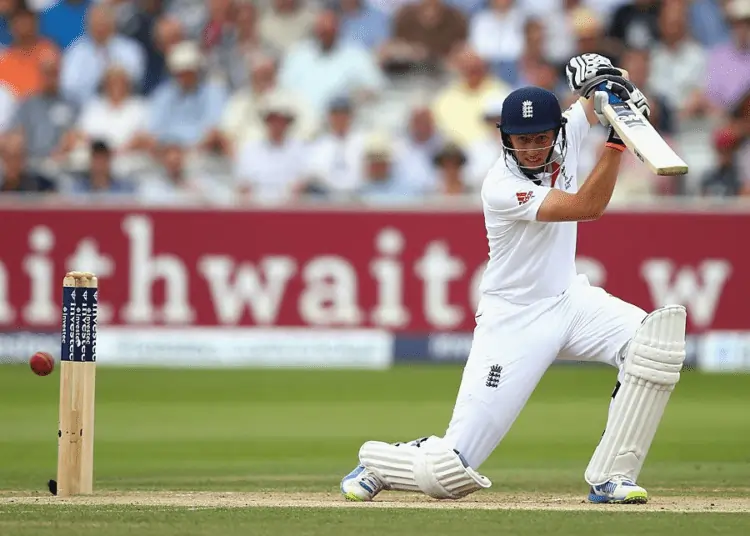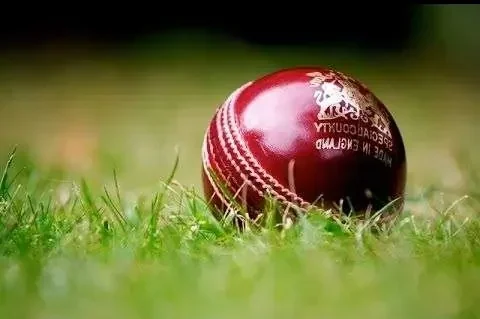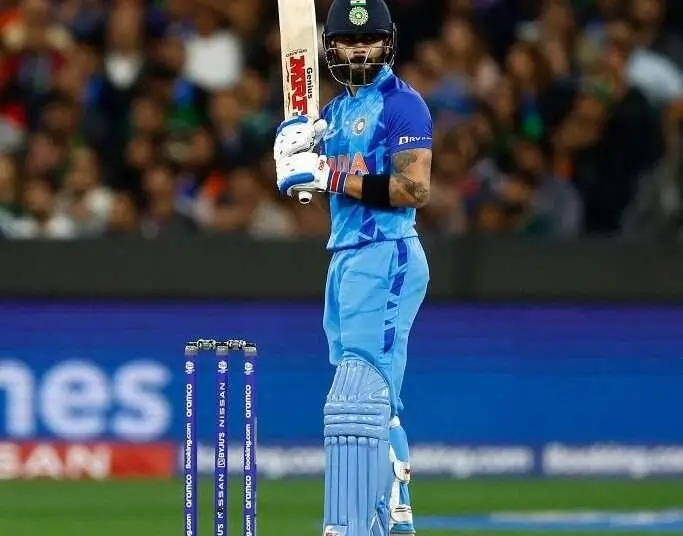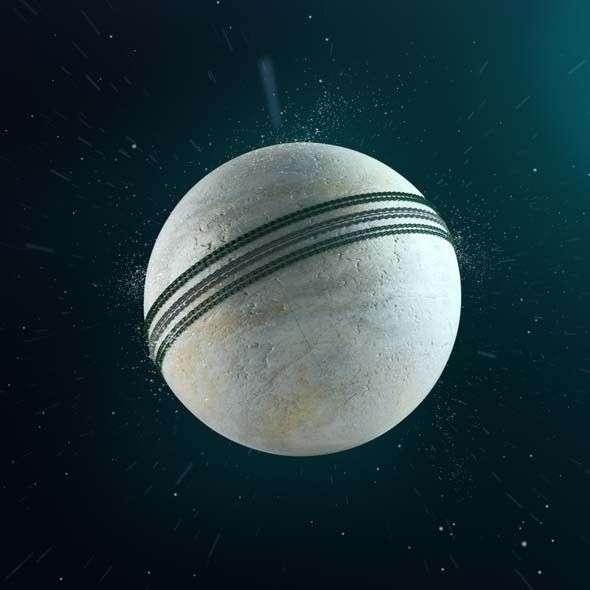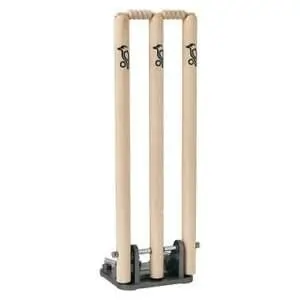How Many Overs For New Ball in Test Cricket
Test cricket lets bowlers switch to a shiny new ball after a while to make things more interesting! This fresh ball helps bowlers get batsmen out easier at first. But how long is the wait? In Test matches, bowlers can finally use a new ball after bowling with the old one for at least 80 overs. That’s a lot of throws!
The Basics of Test Cricket
Test cricket, known for its rich traditions and tactical depth, operates under specific rules that govern every aspect of the game. One of the essential elements is the concept of the new ball. Understanding how and when a new ball is introduced can significantly impact a match’s outcome, influencing strategies for both bowlers and batsmen. In this blog, we’ll explore how many overs are played before a new ball can be taken in Test cricket, the rationale behind it, and its implications for the game.
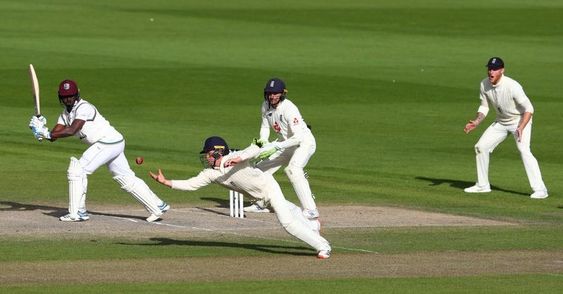
What is a New Ball?
In Test cricket, each team bowls with a single ball for a specified number of overs, after which they have the option to take a new ball. A new ball is typically more favorable for bowlers due to its freshness, hardness, and shiny surface, which can assist in swing and seam movement. The standard procedure allows teams to take the new ball after 80 overs have been bowled in the innings.
Understanding the 80-Over Rule
The 80-over rule has been in place to balance the game between bat and ball, ensuring that both bowlers and batsmen have opportunities to excel. The following are key points related to the new ball’s introduction:
1. Timing of the New Ball
- Innings Duration: A new ball can be requested after the completion of 80 overs. This means that the bowling team can decide to take a new ball at any point after this milestone.
- Match Conditions: If the team bowling has bowled more than 80 overs but is still in their innings, they can choose to take a new ball immediately after the 80th over. This decision is often made strategically, depending on the pitch conditions and the performance of the bowlers.
2. Strategic Decisions
- Bowling Strategy: The introduction of a new ball can change a bowler’s strategy. Fast bowlers often relish the opportunity to bowl with a new ball, as it can swing more effectively, while spin bowlers may find it less favorable due to the reduced grip on the ball.
- Team Composition: Teams with a strong fast-bowling attack may prioritize taking the new ball earlier, while teams relying on spin might delay it if conditions are favorable for slower bowlers.
3. Condition of the Old Ball
- Wear and Tear: As the innings progresses, the old ball becomes softer and rougher, which can affect how it behaves. Batsmen often find it easier to play against an old ball, as it tends to be less effective for bowlers.
- Assessment: Captains and bowlers regularly assess the condition of the ball throughout the innings. If the ball shows excessive wear and tear before the 80 overs are up, teams might opt to take the new ball immediately once the minimum requirement is met.

The Advantages of the New Ball
A new ball offers several advantages to the bowling team:
a. Increased Swing and Seam Movement
With a new ball, fast bowlers can generate more swing and seam movement, making it challenging for batsmen to negotiate. This movement can be especially pronounced in the early overs.
b. Extra Bounce
The new ball tends to bounce more than an old, worn-out ball. This extra bounce can trouble batsmen and create wicket-taking opportunities.
c. Shine and Polish
Fielding teams often work diligently to maintain the shine and polish of the new ball. A well-maintained ball can swing and move unpredictably, further testing the batsmen’s skills.
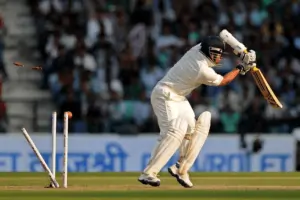
The Timing of the New Ball
The timing of taking the new ball is a crucial strategic decision for the fielding side. Captains and bowlers must assess various factors before opting for the new ball.
Pitch Conditions
The condition of the pitch can influence the decision to take the new ball. If the pitch is offering assistance to bowlers, captains may opt for the new ball earlier.
State of the Game
The state of the game also plays a role. If the batting side is on top and scoring freely, the fielding team might choose to take the new ball in a bid to break the partnership and turn the tide of the match.
Conclusion
In Test cricket, the new ball is a critical element that can shape the course of a game. Teams have a maximum of 80 overs to utilize the advantages offered by a new ball, including swing, seam movement, and extra bounce. The decision of when to take the new ball is a strategic one, often influenced by pitch conditions and the state of the game.
The new ball embodies the essence of Test cricket, where patience, skill, and strategy combine to create compelling contests. Understanding the significance of the new ball is key for both players and fans, as it adds layers of intrigue to the longest format of the game.
FAQs
What happens to the old ball in Test cricket?
In Test cricket, the old ball is typically replaced with a new ball after 80 overs of play. The old ball is no longer used in the match once it’s replaced.
Can a new ball be taken earlier than 80 overs in Test cricket?
Yes, a new ball can be taken earlier than 80 overs in Test cricket, but it’s a less common occurrence. This decision is typically based on pitch conditions and the state of the game.
Do spin bowlers use the new ball in Test cricket?
Spin bowlers rarely use the new ball in Test cricket. New balls are primarily used by fast bowlers to exploit swing and seam movement.
How is the shine of the new ball maintained?
Fielding teams maintain the shine of the new ball by polishing it on one side and keeping it clean. This helps the ball to swing effectively.
What are the key skills required to excel with the new ball in Test cricket?
Bowlers who excel with the new ball in Test cricket possess skills such as swing bowling, seam movement, and the ability to maintain a consistent line and length.


